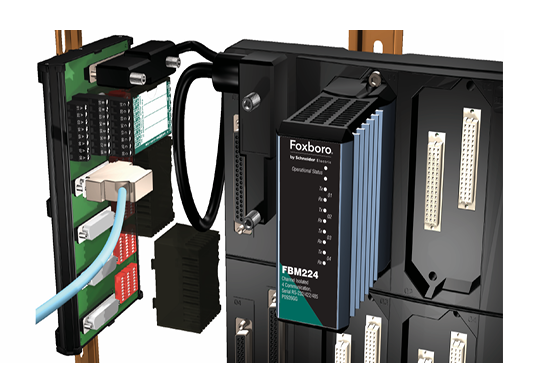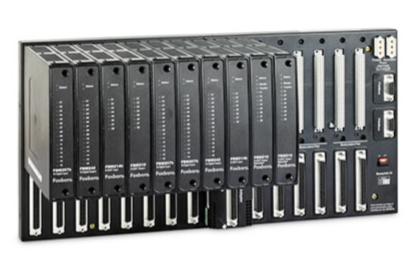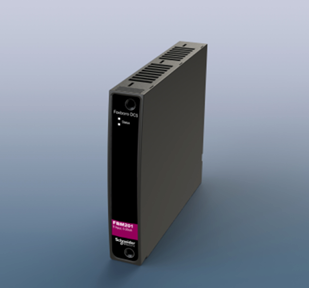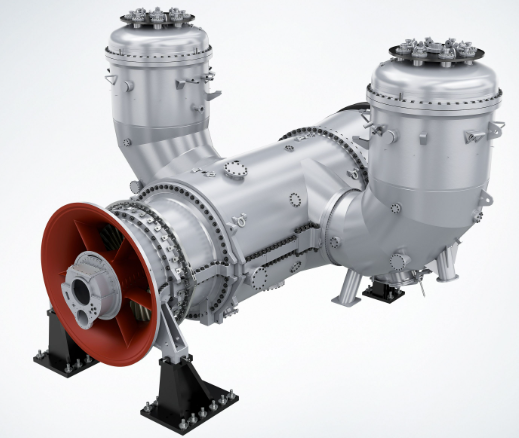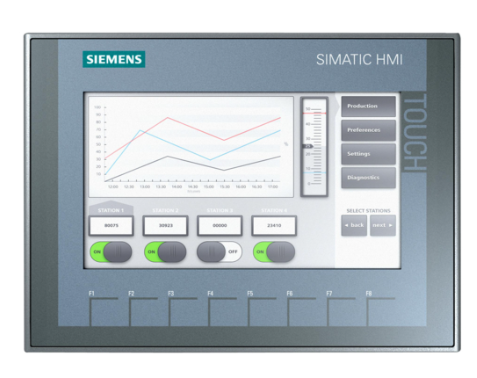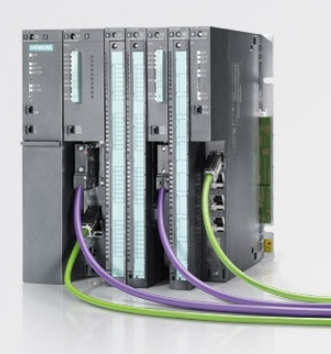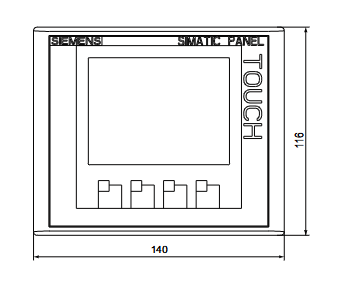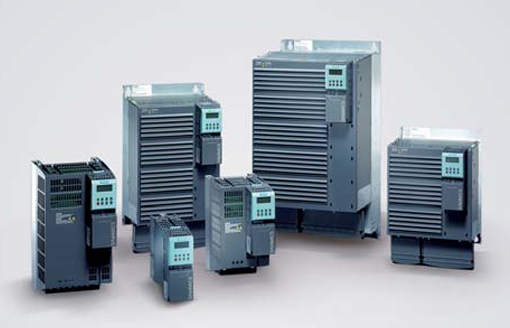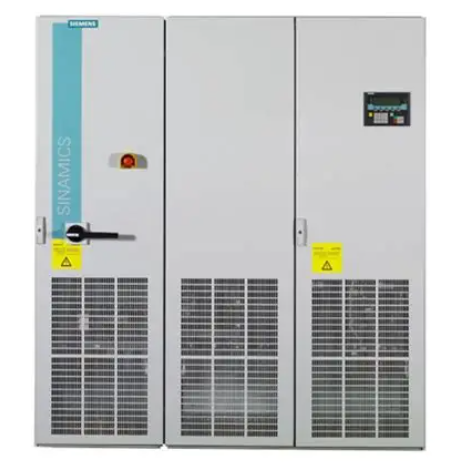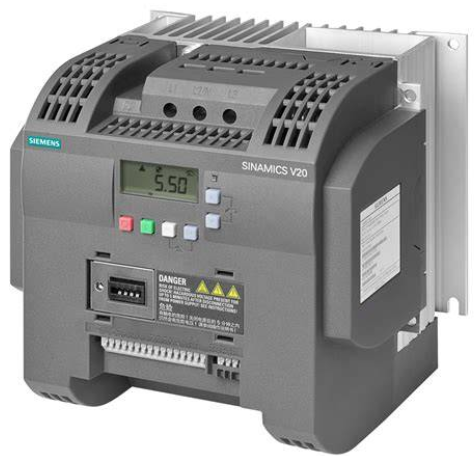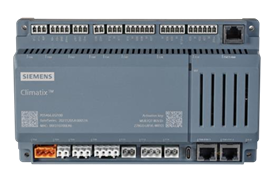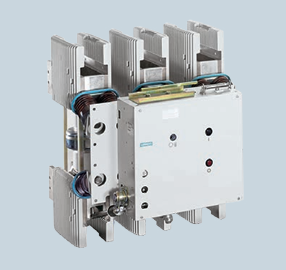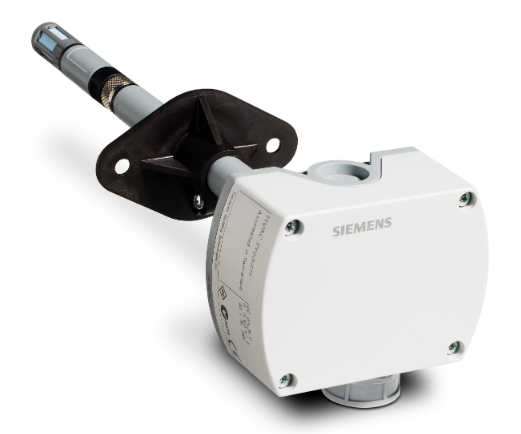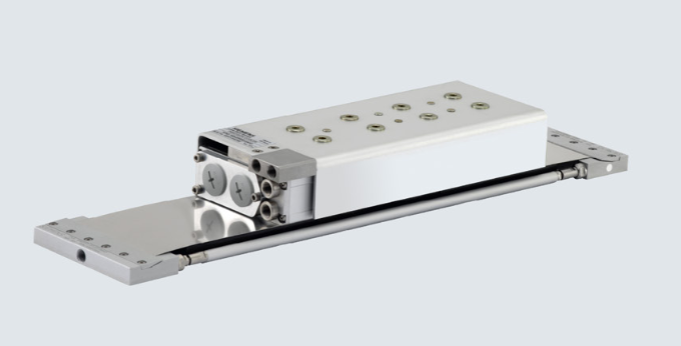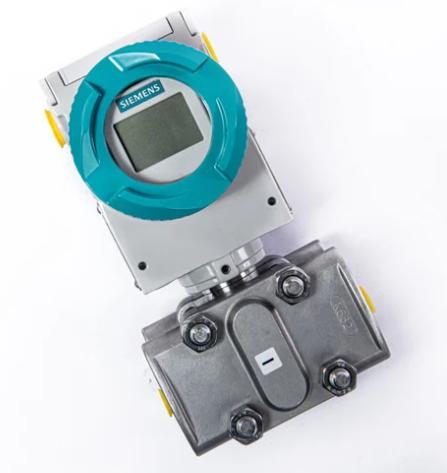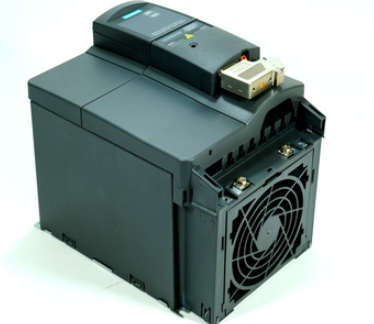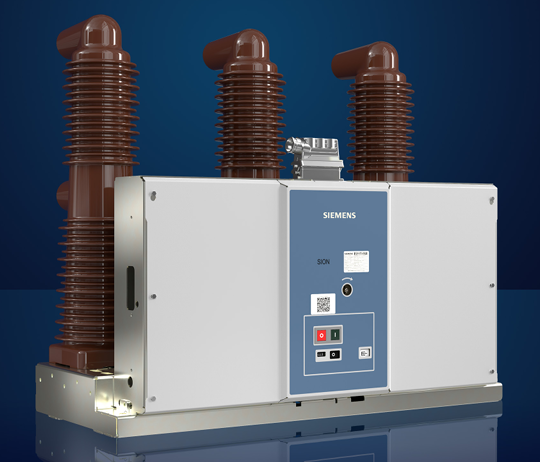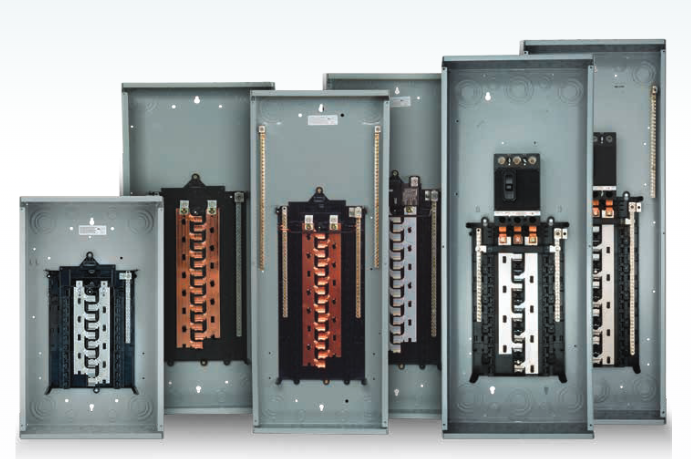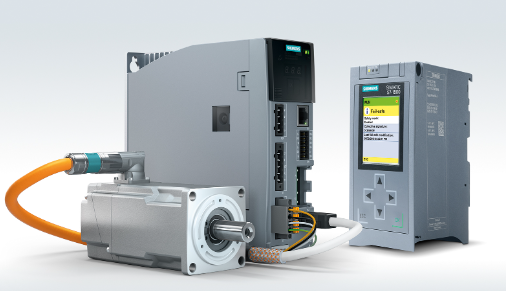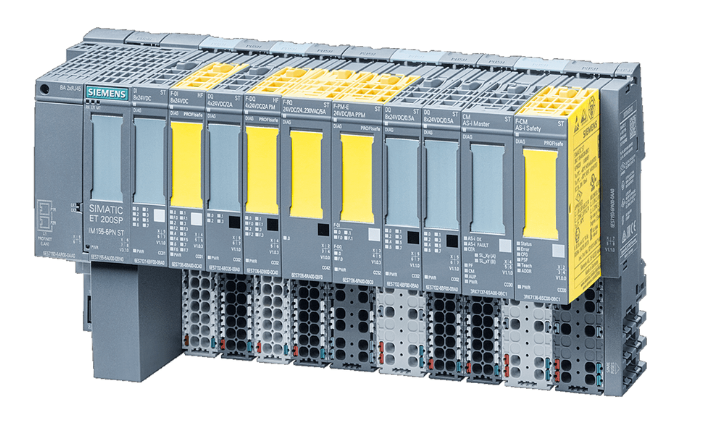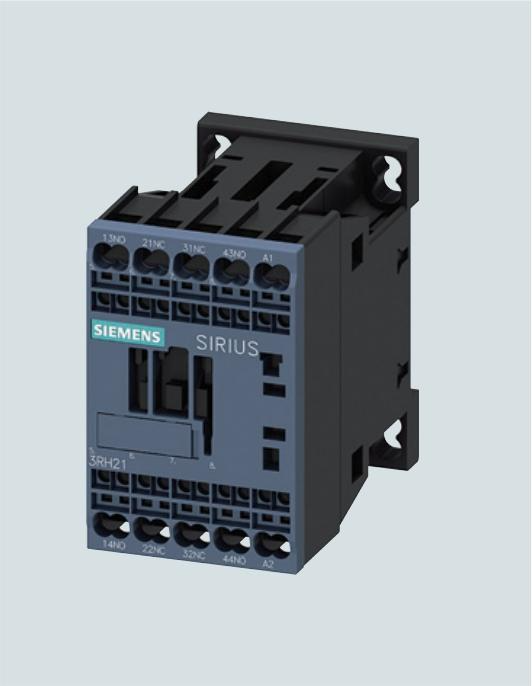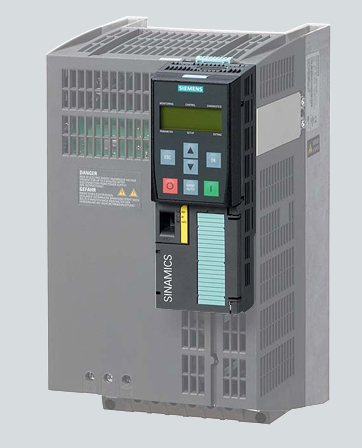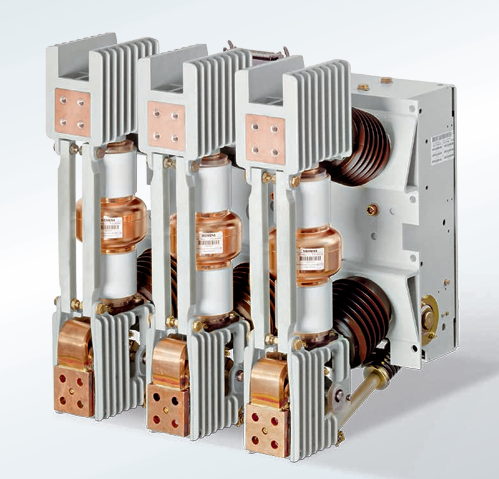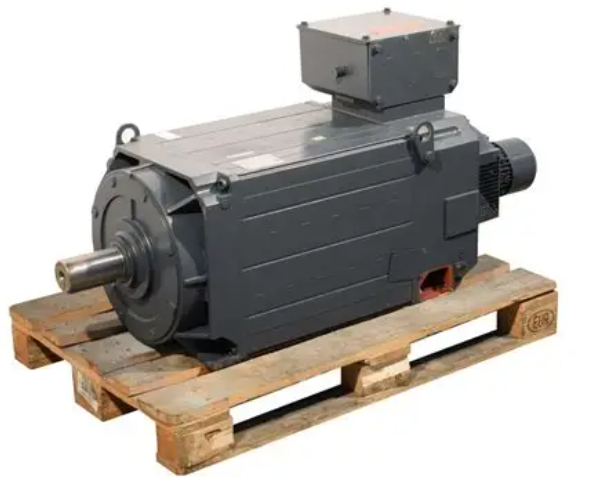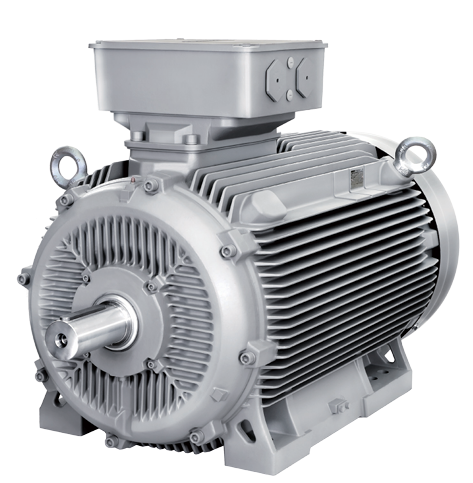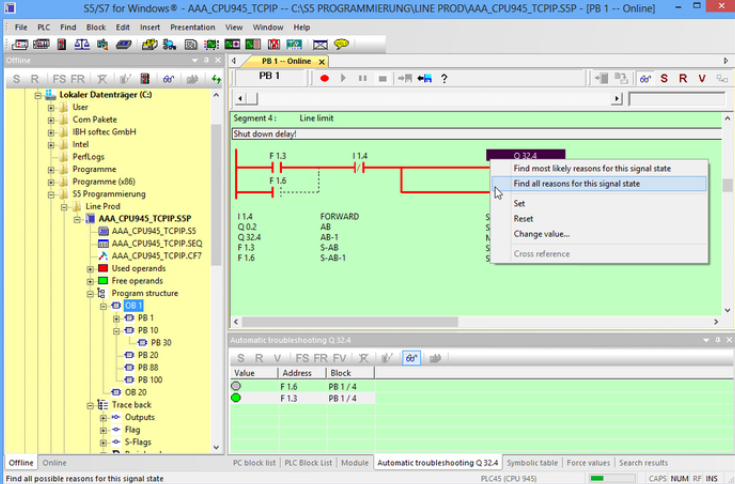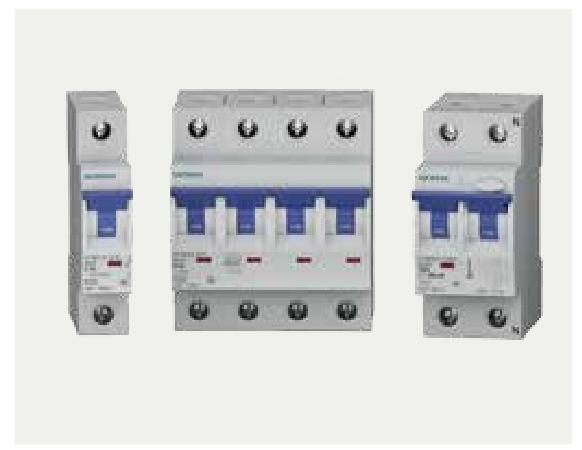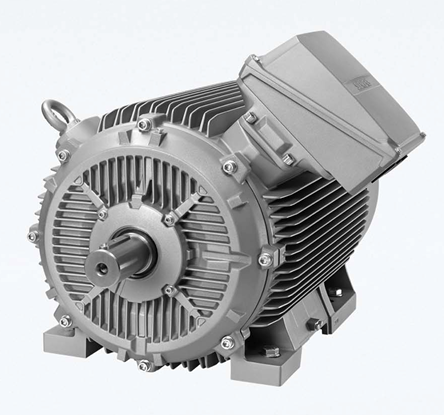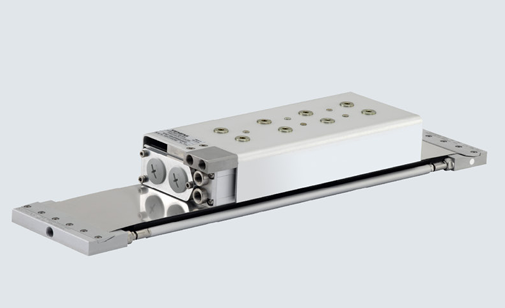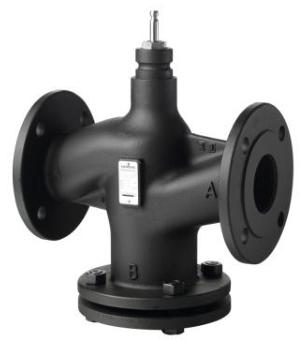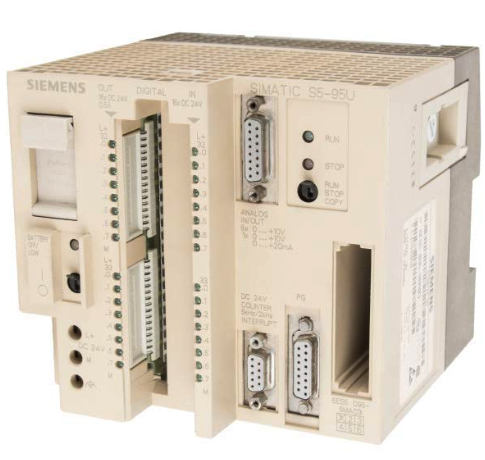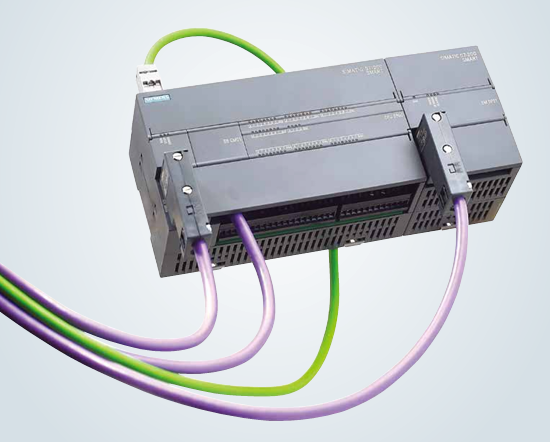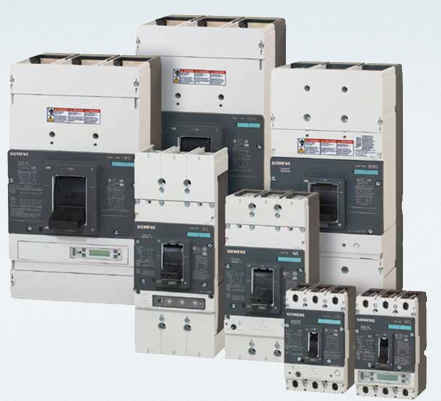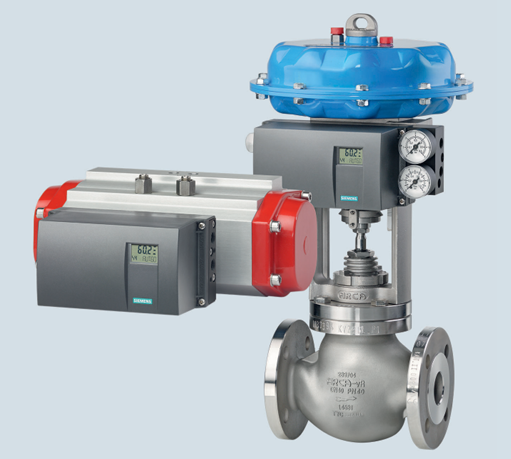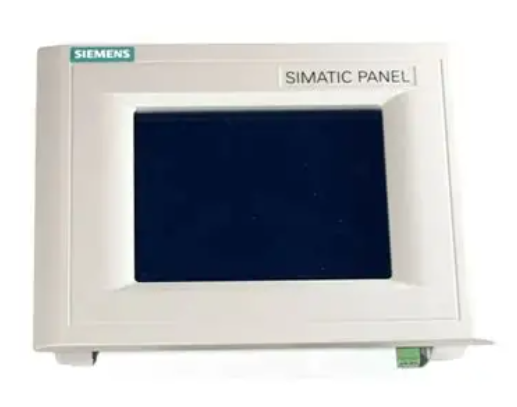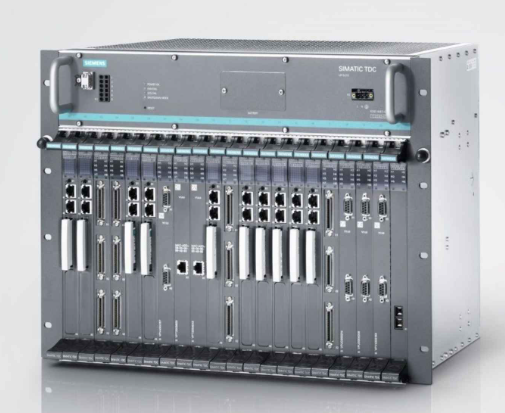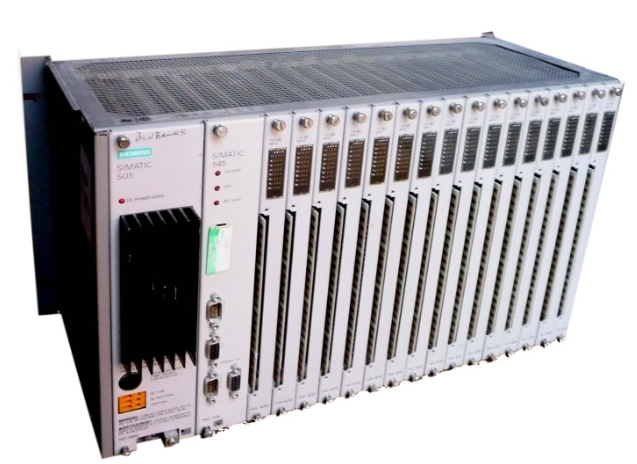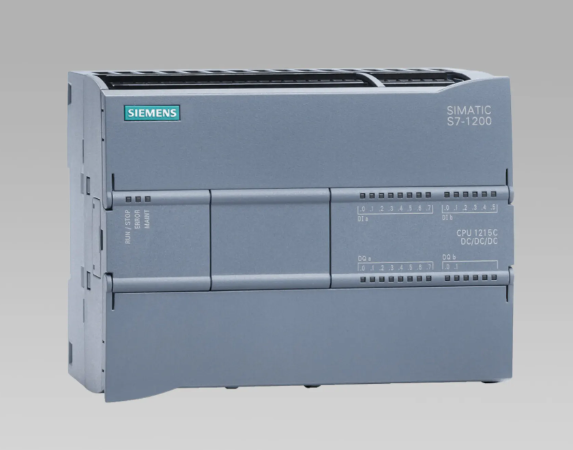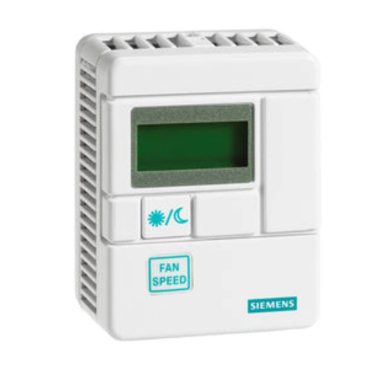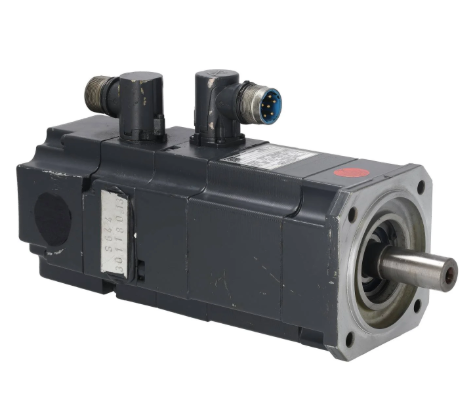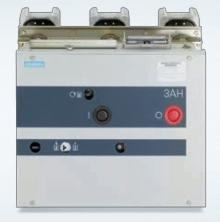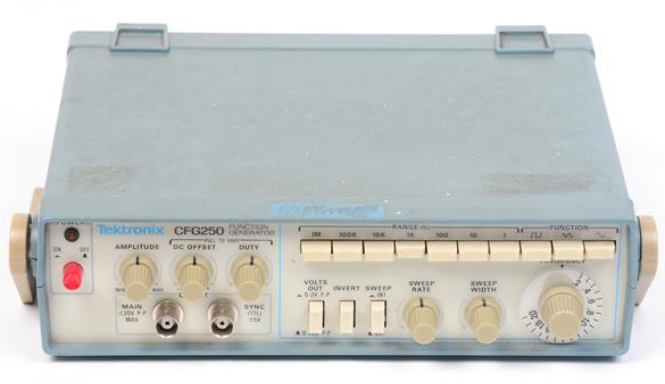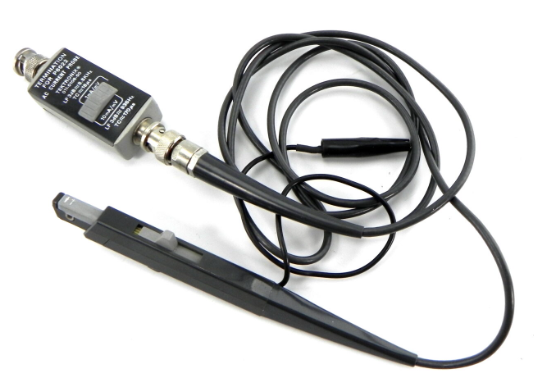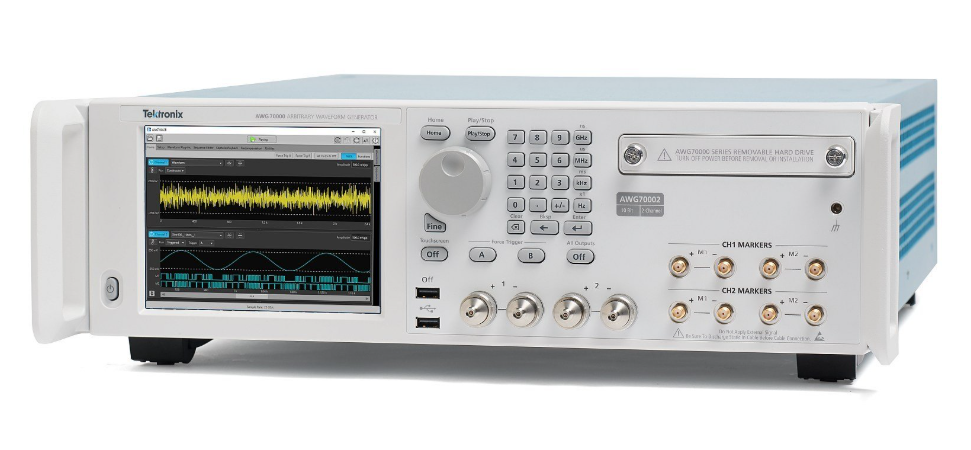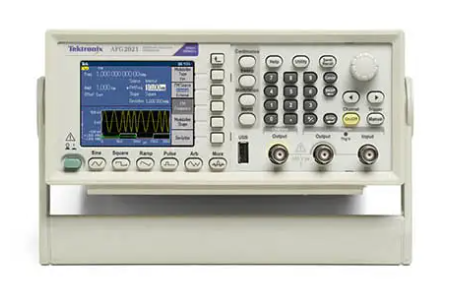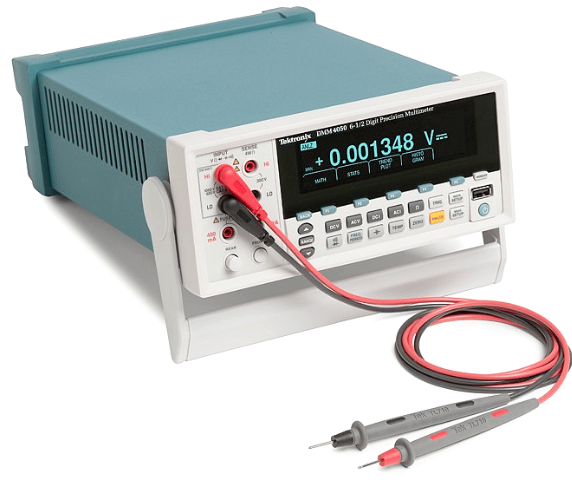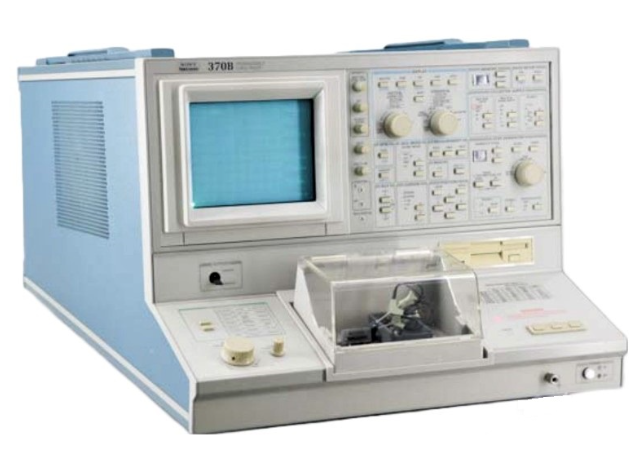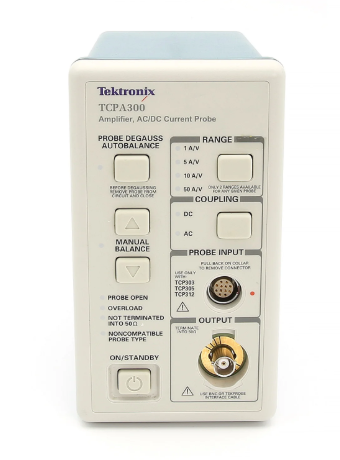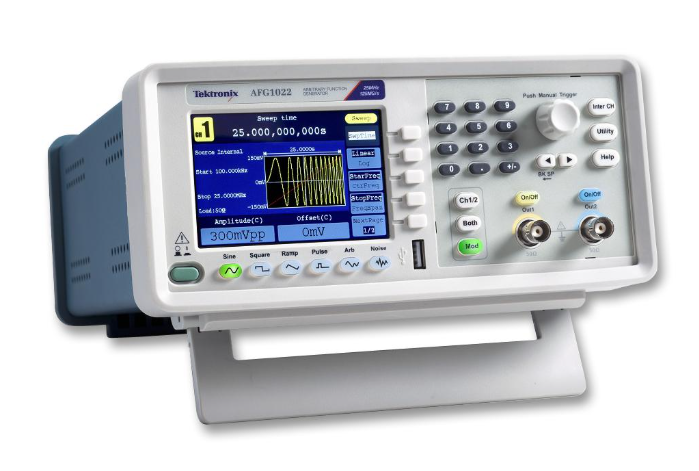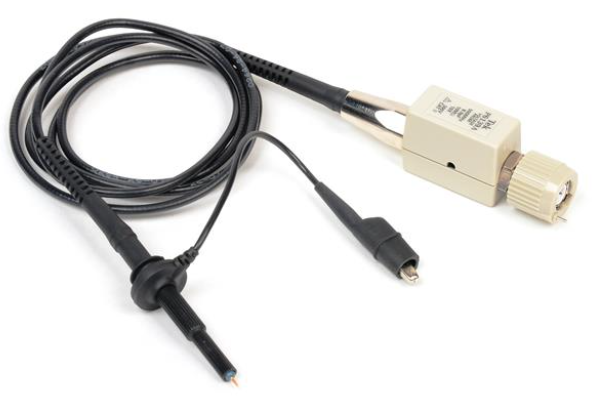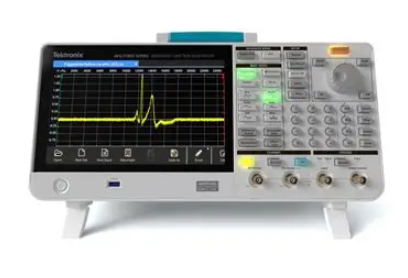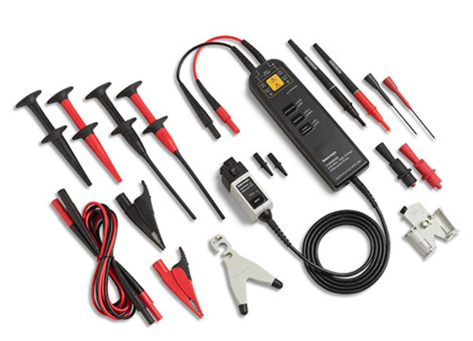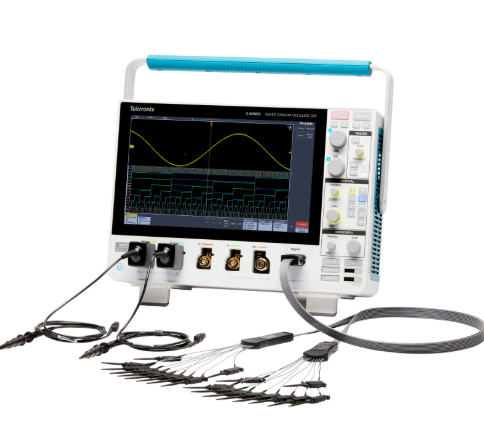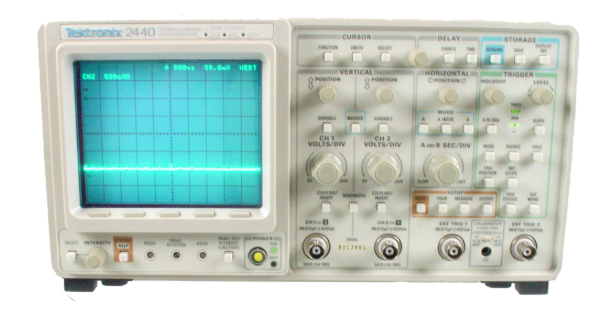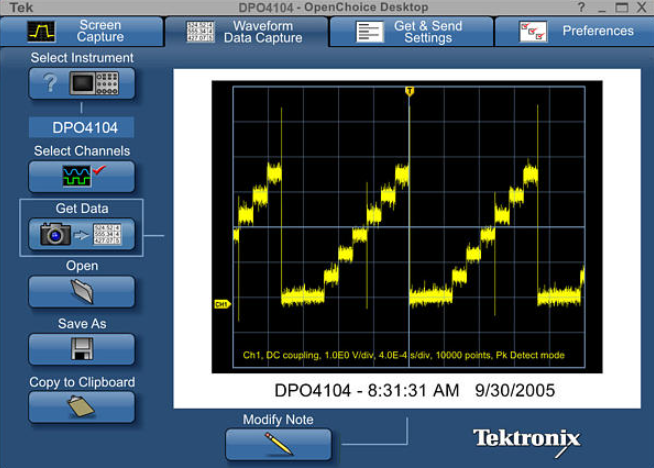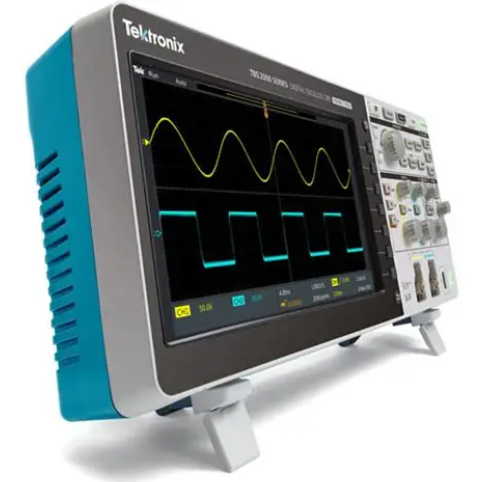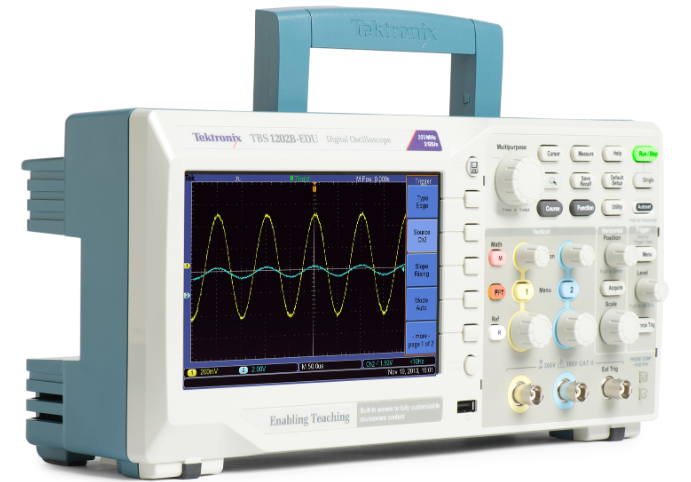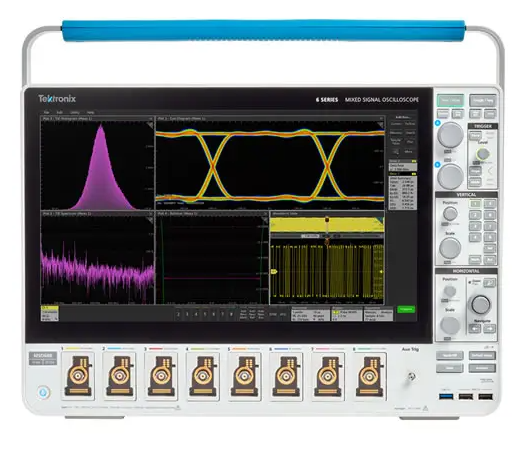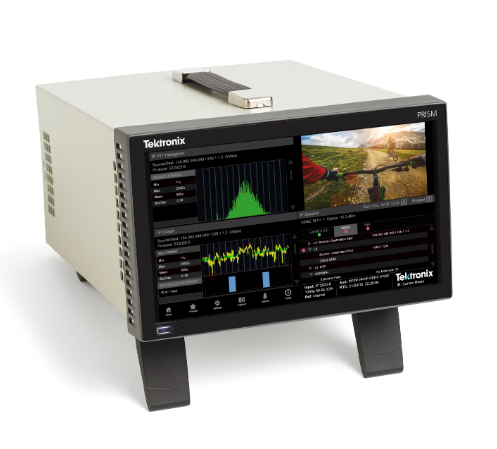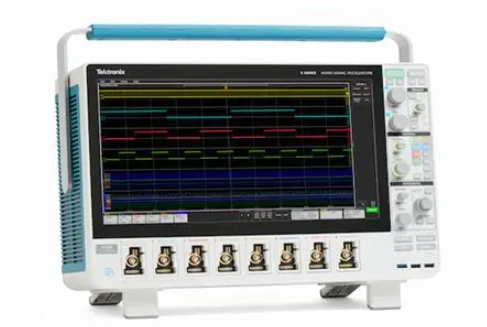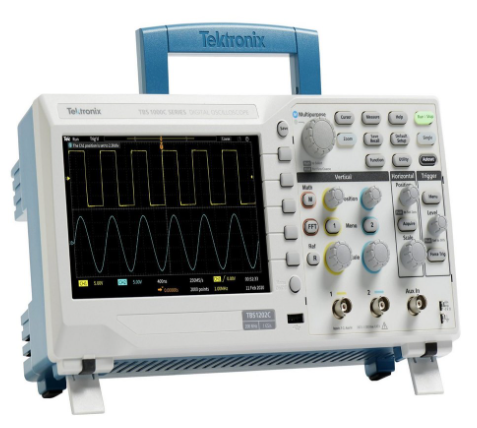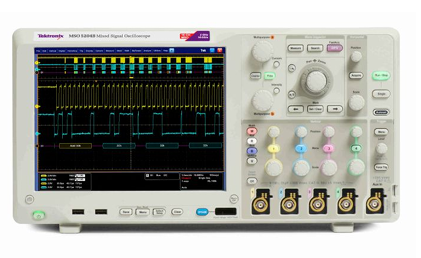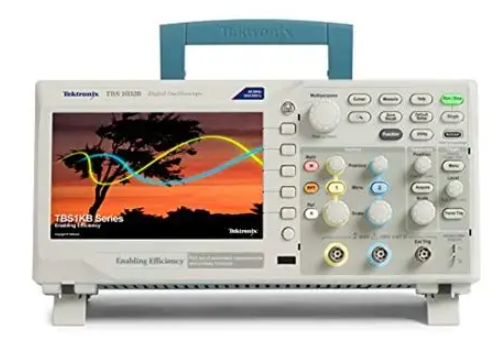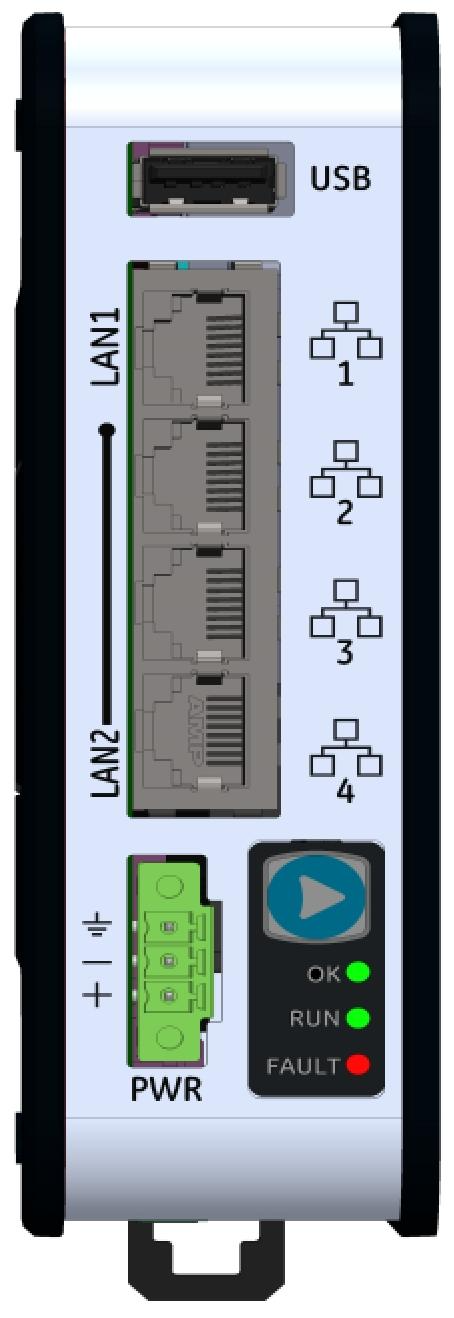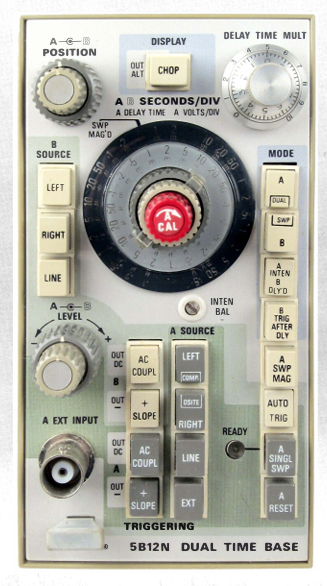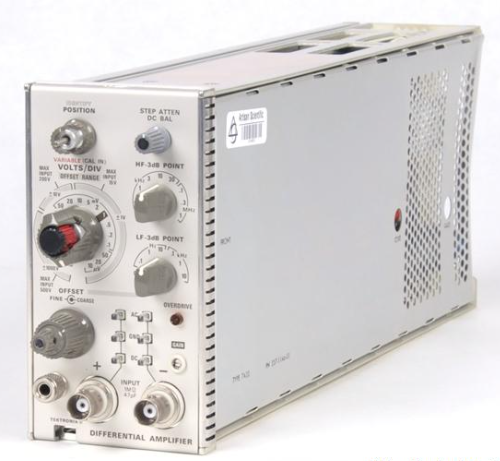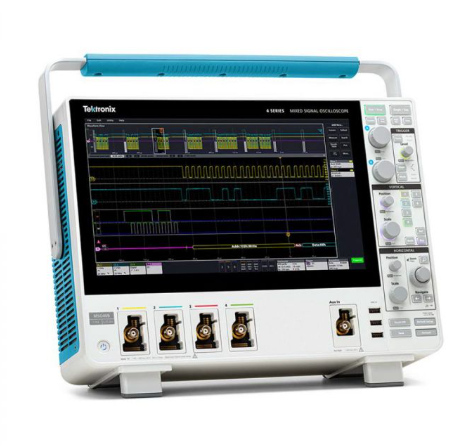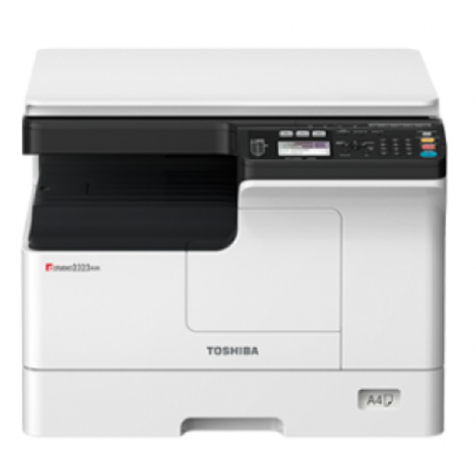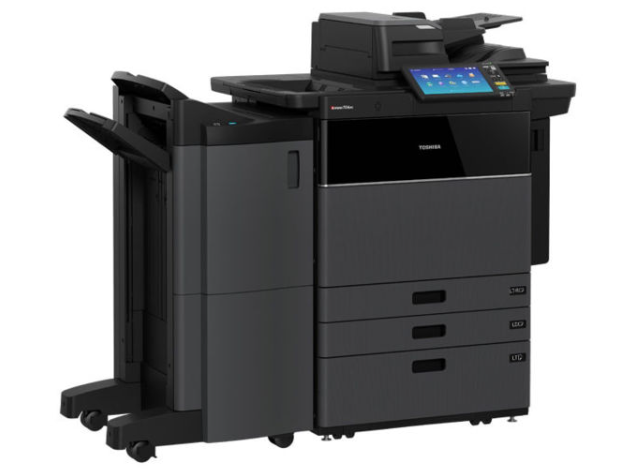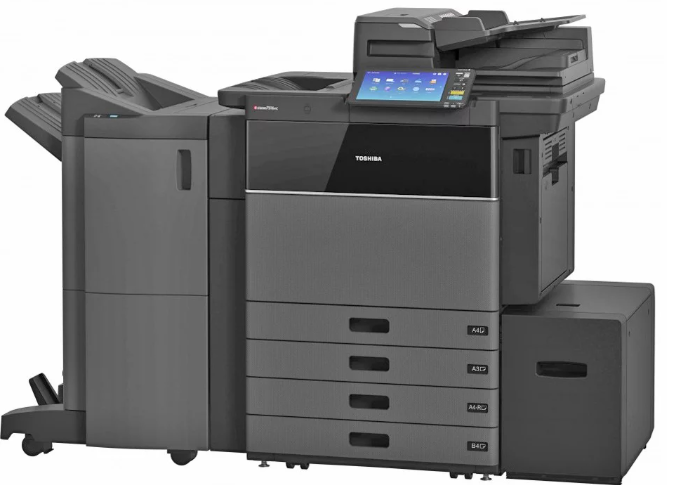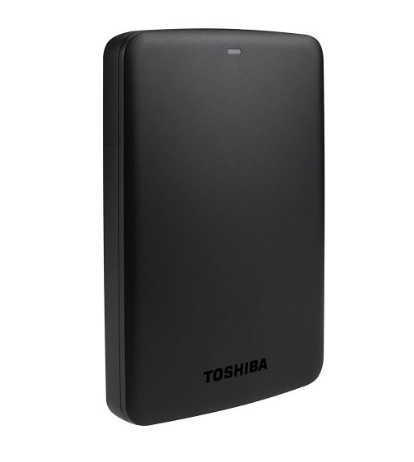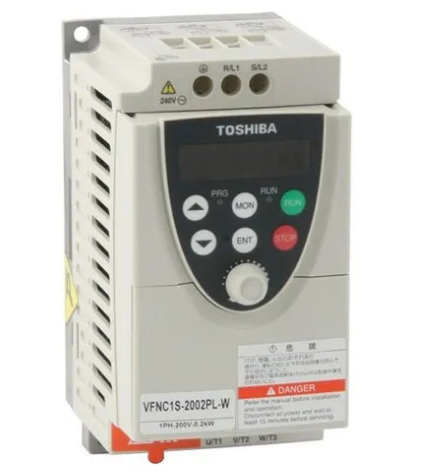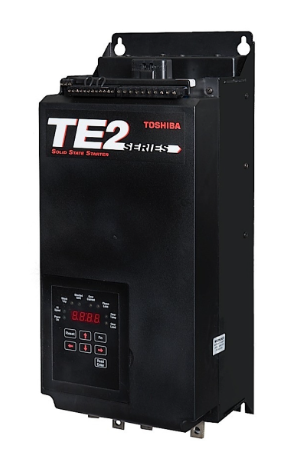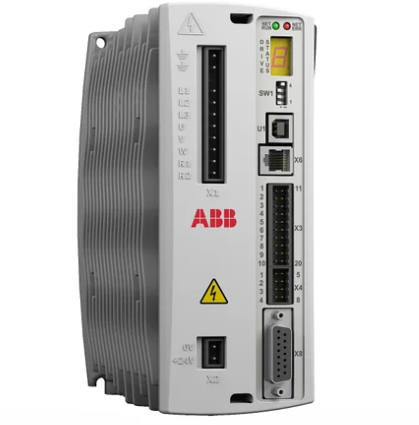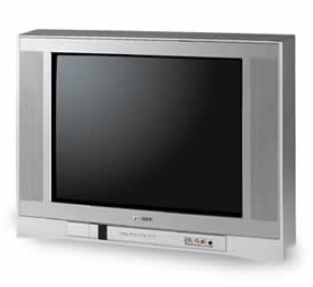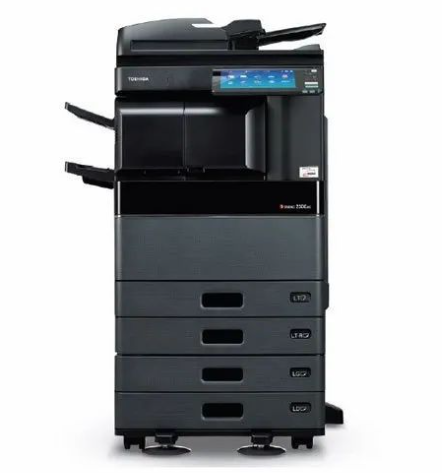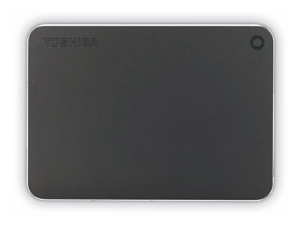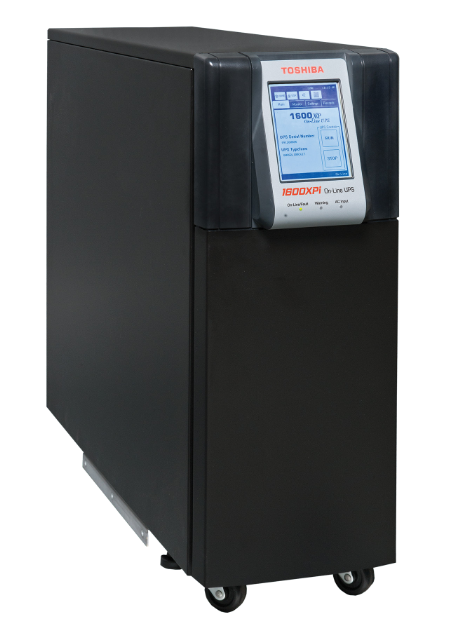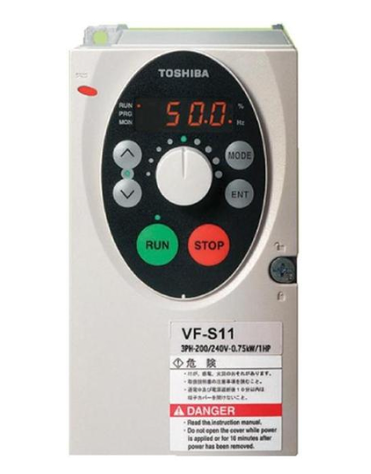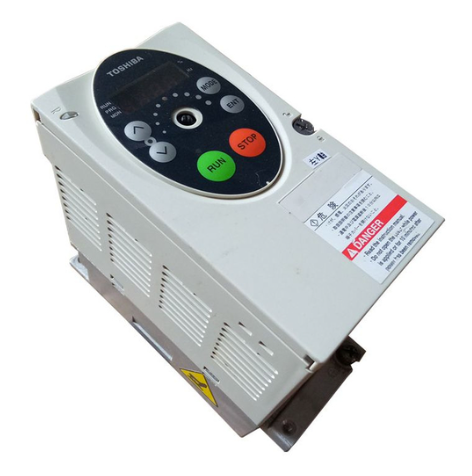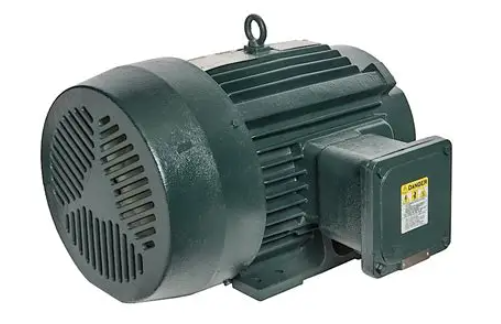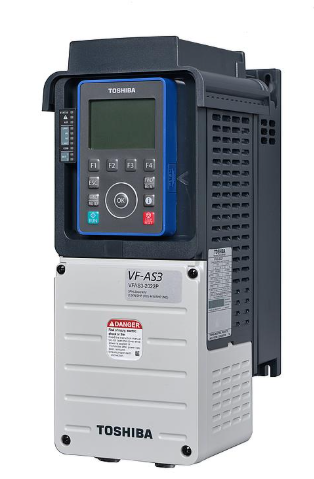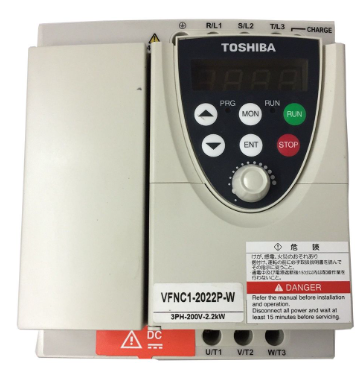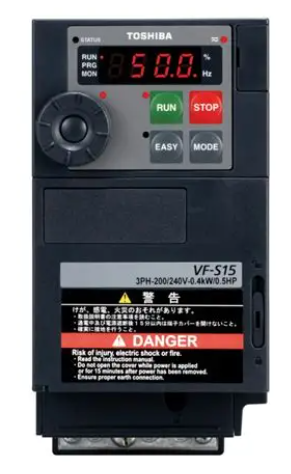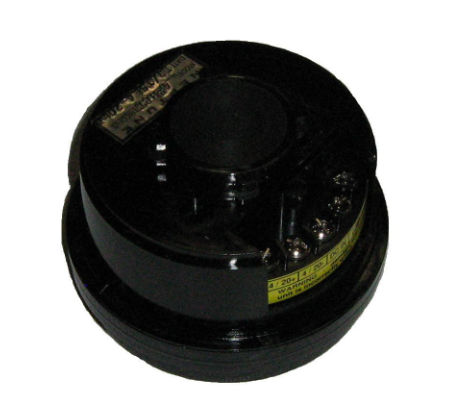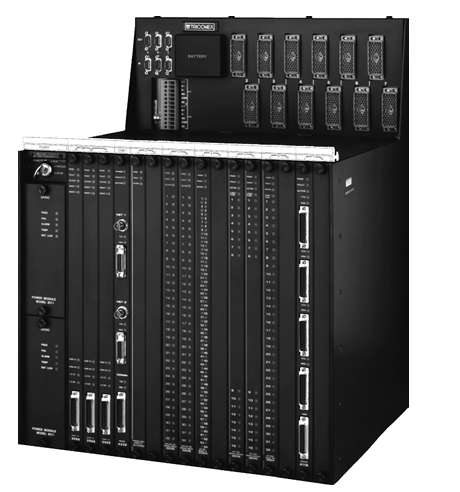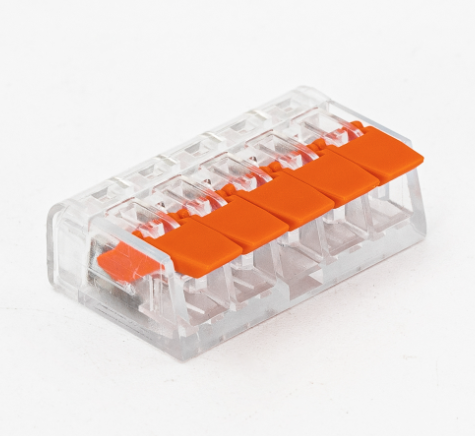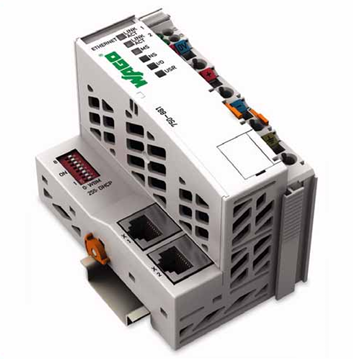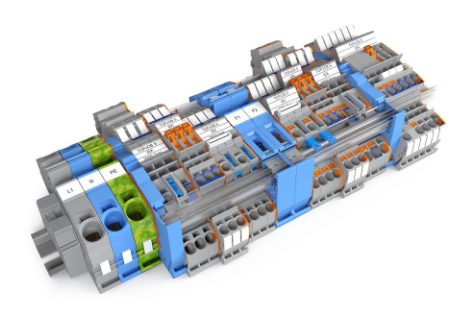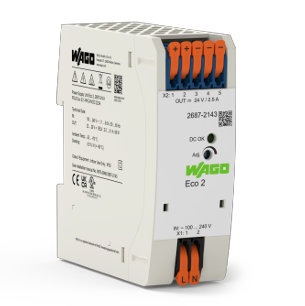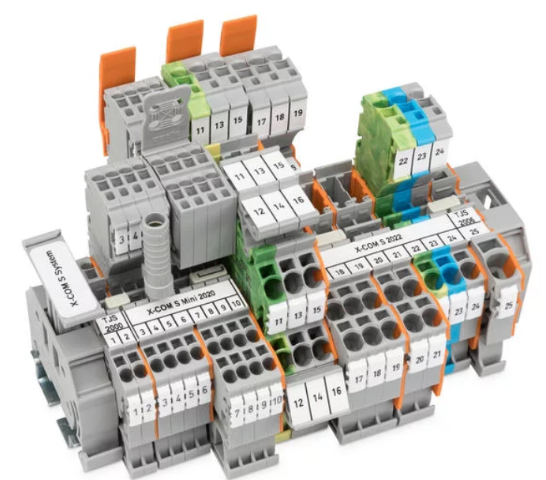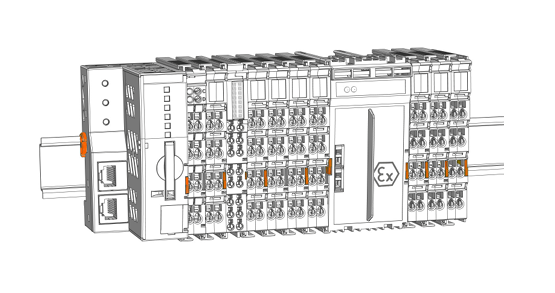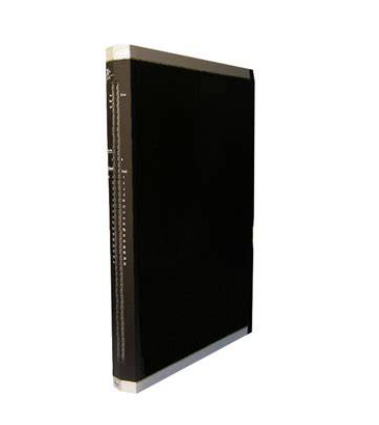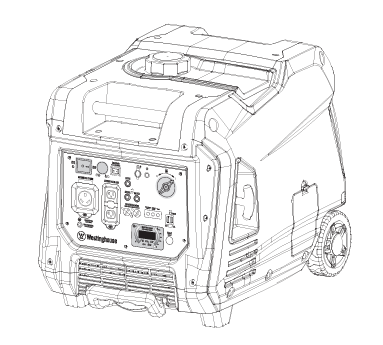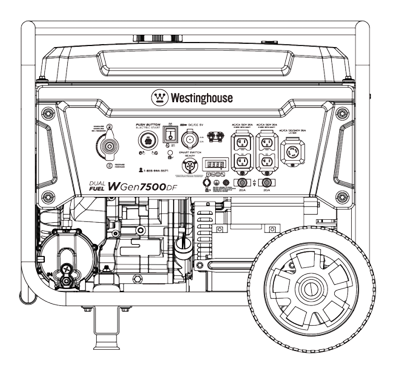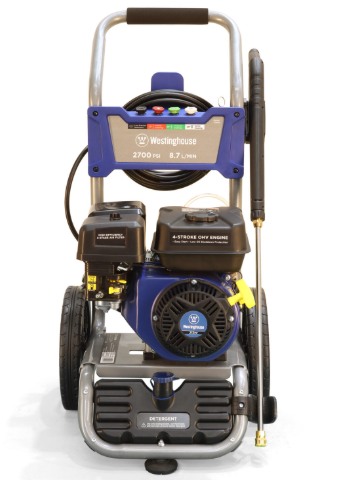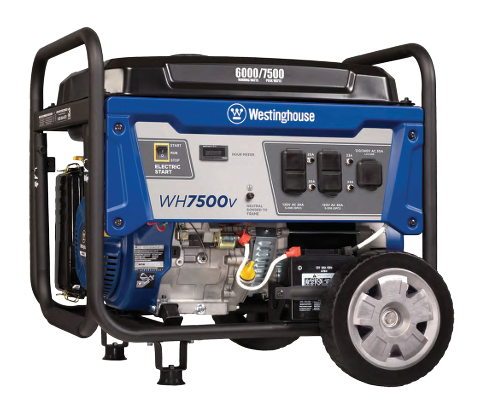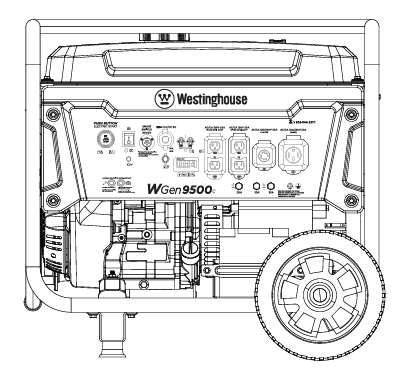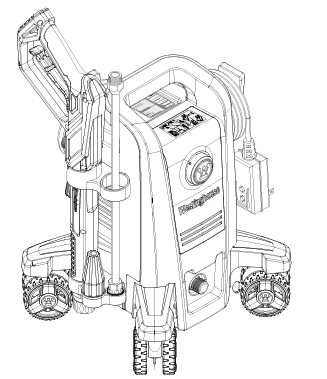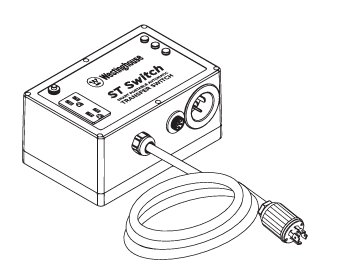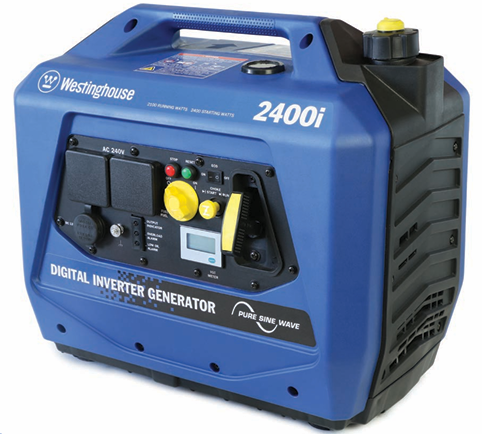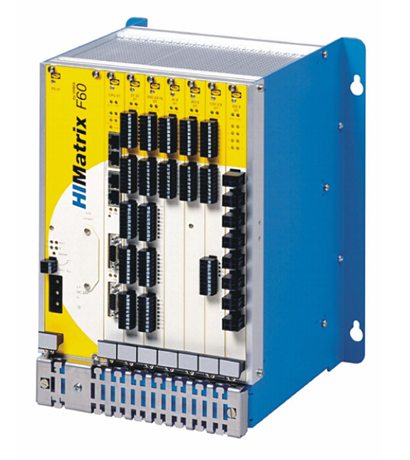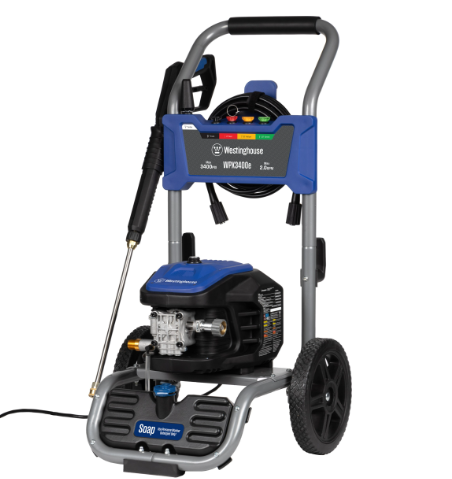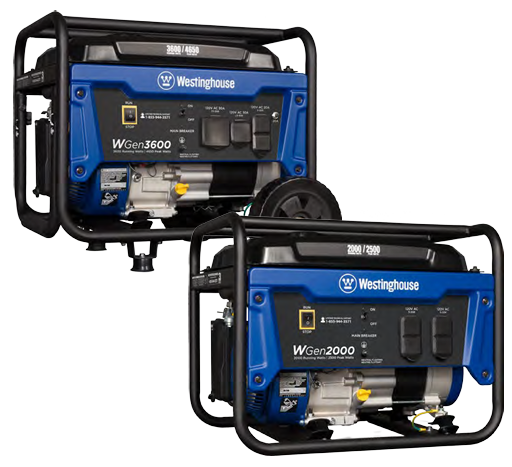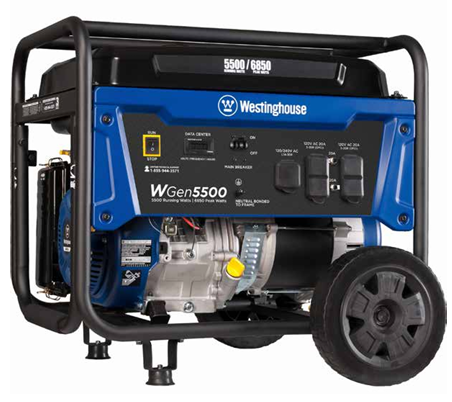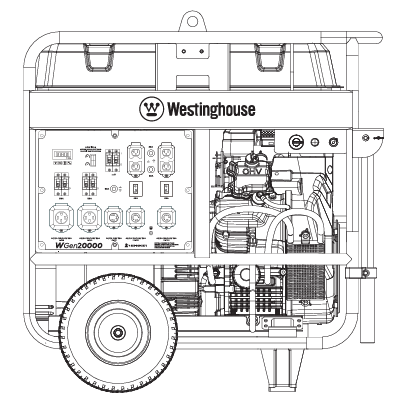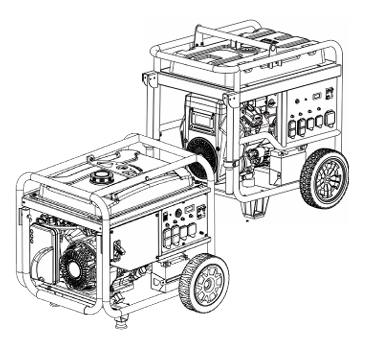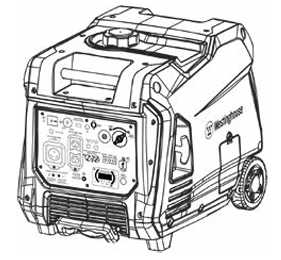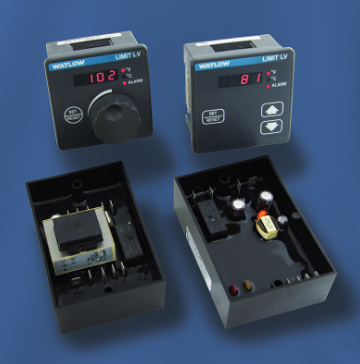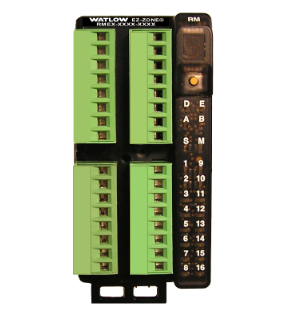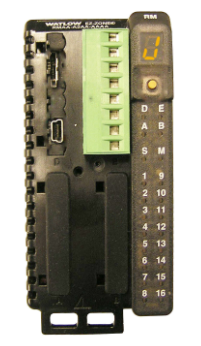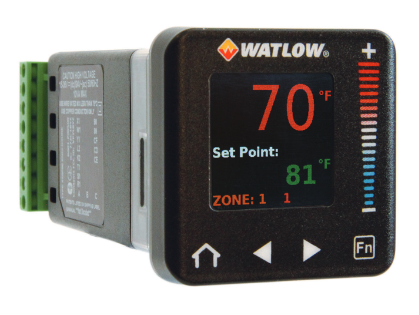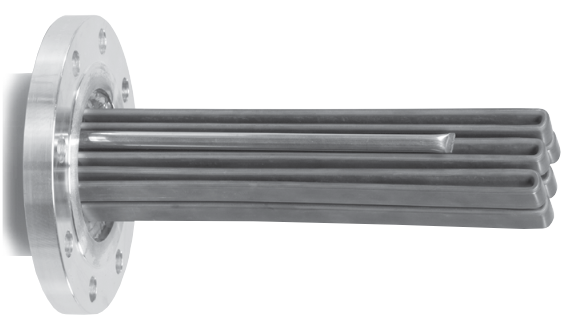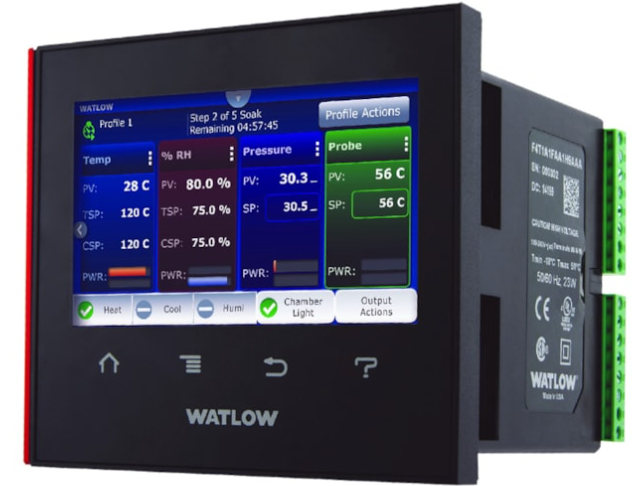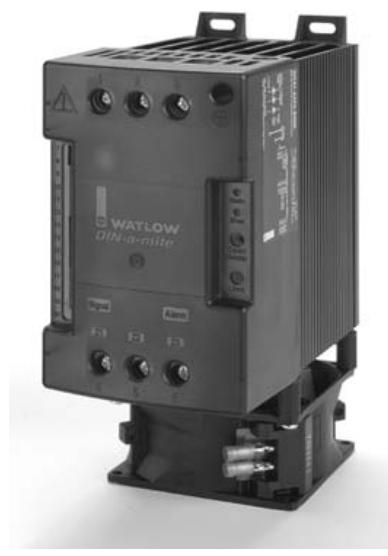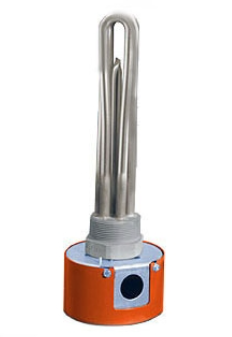

K-WANG


- Telephone:+86-15305925923
- contacts:Mr.Wang
- Email:wang@kongjiangauto.com
Manufacturers
ABB
Model(s)
ABB Advant Controller 31, ABB Advant OCS
Additional Information
07 KT 51, eight 24 VDC inputs, six transistor outputs
Estimated Shipping Size
Dimensions: 4.0" x 4.0" x 5.0"
(10.2 cm x 10.2 cm x 12.7 cm)
Weight: 1 lbs 13.0 oz (0.8kg )
ABB 1SBP260512R1001 07KT51 Basic Unit
Basic Information
Model and name: ABB 1SBP260512R1001 07KT51 Basic Unit, ‘1SBP260512R1001’ is the model number of the product and ‘07KT51’ may represent its specific series or function code. This is a basic unit that serves as a core part of the overall system or as a basic module for building industrial automation control systems or other related applications.
Family: Belongs to the ABB industrial automation equipment family. Within this series, there are other expansion modules, input/output modules, communication modules, etc., with which the basic unit interacts to form a complete system solution.
Application Scenario Correlation: It has a wide range of applications in the field of industrial automation, such as factory automation production lines, process control systems (chemical, pharmaceutical, electric power and other industries), and intelligent building systems (for equipment control and management). For example, in automated production lines, it can be used as a controller to coordinate the operation of various devices; in process control systems, it is used to monitor and control parameters in industrial processes.
Functional Features
Control Functions
Logic control capability: It has powerful logic control function and can execute various complex logic operations and control strategies. Logic control can be realised through programming (e.g. ladder diagrams, function block diagrams and other programming languages), e.g. to realise start/stop control, sequence control, interlock control, etc. of industrial equipment. For example, in an automated production line, the start and stop of different equipment is controlled according to the sequence of the product processing process to ensure the smooth progress of the production process.
Data processing capability: It can process the input data, including data acquisition, storage, and arithmetic. Signals from various sensors (e.g. temperature, pressure, flow, etc.) can be collected, data filtering, scale transformation and other operations can be performed, and then control decisions can be made based on the processed data. For example, in a process control system, the collected temperature and pressure data are analysed to determine whether it is necessary to adjust the operating parameters of the equipment.
Input/Output Interface Functions
Multiple Interface Types: Equipped with multiple types of input/output interfaces to connect to different external devices. These may include digital inputs, digital outputs, analogue inputs and analogue outputs. The digital input interface can receive, for example, the operating status signal (on/off) of the device, limit switch signals, etc.; the digital output interface can be used to control the starting and stopping of motors, the opening and closing of valves, etc.; the analogue input interface can be connected to sensors outputting analogue signals, for example, temperature sensors (outputting a 4-20mA current signal or a 0-10V voltage signal); and the analogue output interface can be used to control the opening of regulating valves, etc.
Adaptability of the number of interfaces: the number of interfaces is designed according to the specific application requirements, to meet the needs of a certain range of equipment connection. For example, there may be a certain number of digital input interfaces (e.g., 16), digital output interfaces (e.g., 16), analogue input interfaces (e.g., 4) and analogue output interfaces (e.g., 4), and such an interface configuration can be conveniently connected to a number of devices, to build a small automation control system.
Communication Functions
Internal communication support: Supports communication between internal modules, enabling data exchange and cooperative work with expansion modules and communication modules of the same series. For example, communicating with expansion modules to obtain more input/output signals; collaborating with communication modules to transmit system data to an upper computer system or other remote devices.
External Communication Capability: Equipped with external communication interfaces to communicate with external devices or systems. Support a variety of communication protocols, such as Profibus, Modbus, Ethernet, etc., through which it can interact with the host computer (such as SCADA system), other controllers or intelligent devices to achieve remote monitoring and control. For example, it can transmit the operation data of the equipment at the industrial site to a remote monitoring centre, or receive instructions from a remote control centre to operate the equipment at the site.
Reliability and Stability
Industrial-grade design standard: Adopting industrial-grade design concepts, it can operate stably in harsh industrial environments. Its circuit design has been reinforced with anti-interference capability to resist electromagnetic interference and electrostatic interference, which are common in industrial sites. For example, in industrial environments with a large number of motors, inverters and other equipment, it can still accurately receive and process signals.
Fault Diagnosis and Recovery Function: With fault diagnosis function, it can automatically detect its own working status and the status of connected devices. When a fault occurs, such as input/output interface failure, communication failure, etc., it can send out an alarm signal in time, and may take some automatic recovery measures (such as restarting part of the functional modules, switching to the alternate communication channel, etc.) to reduce the system downtime and improve the reliability of the system.
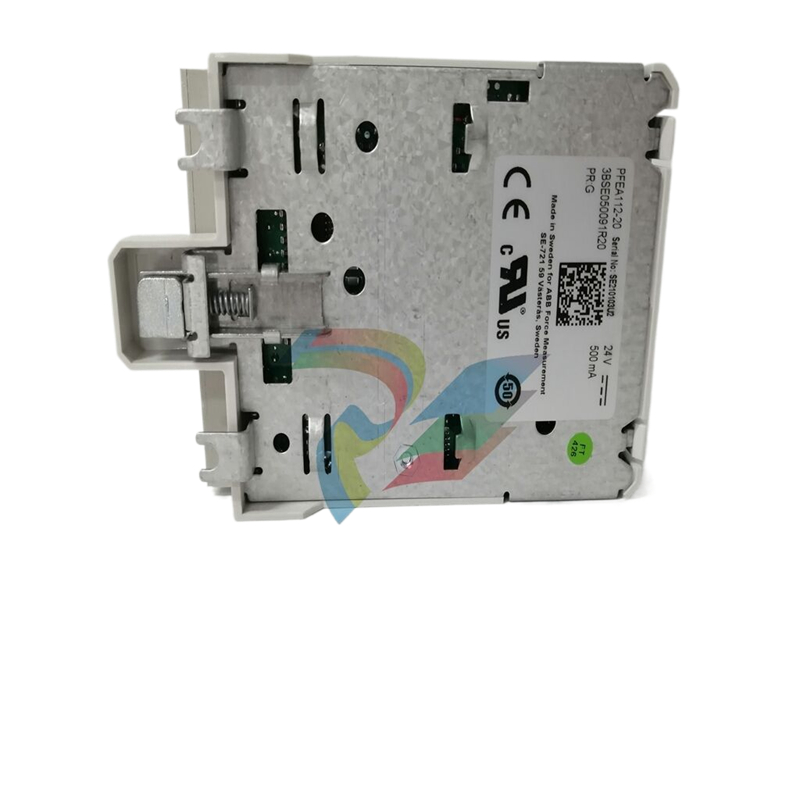
| User name | Member Level | Quantity | Specification | Purchase Date |
|---|






